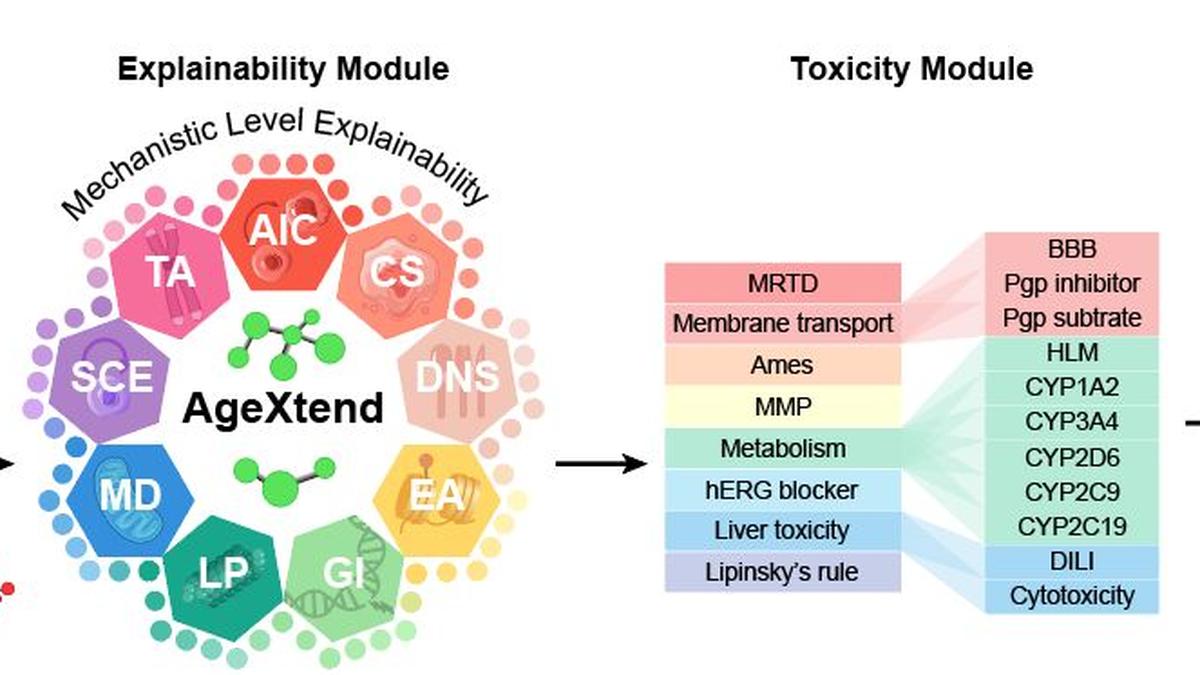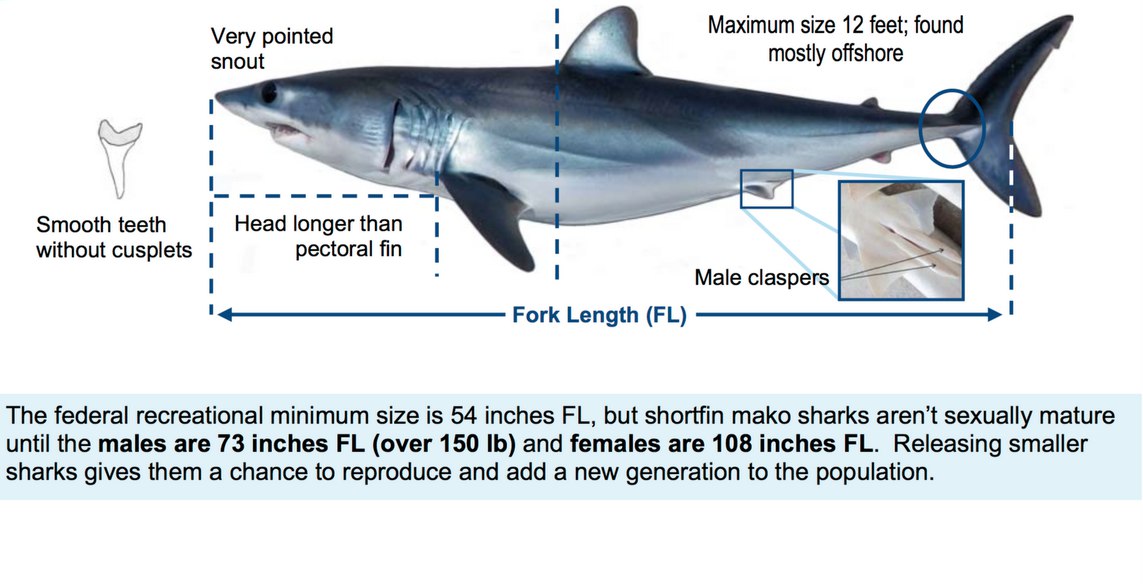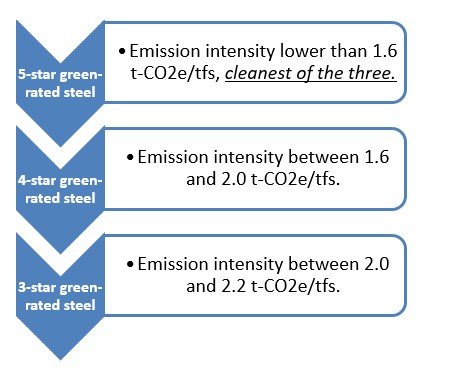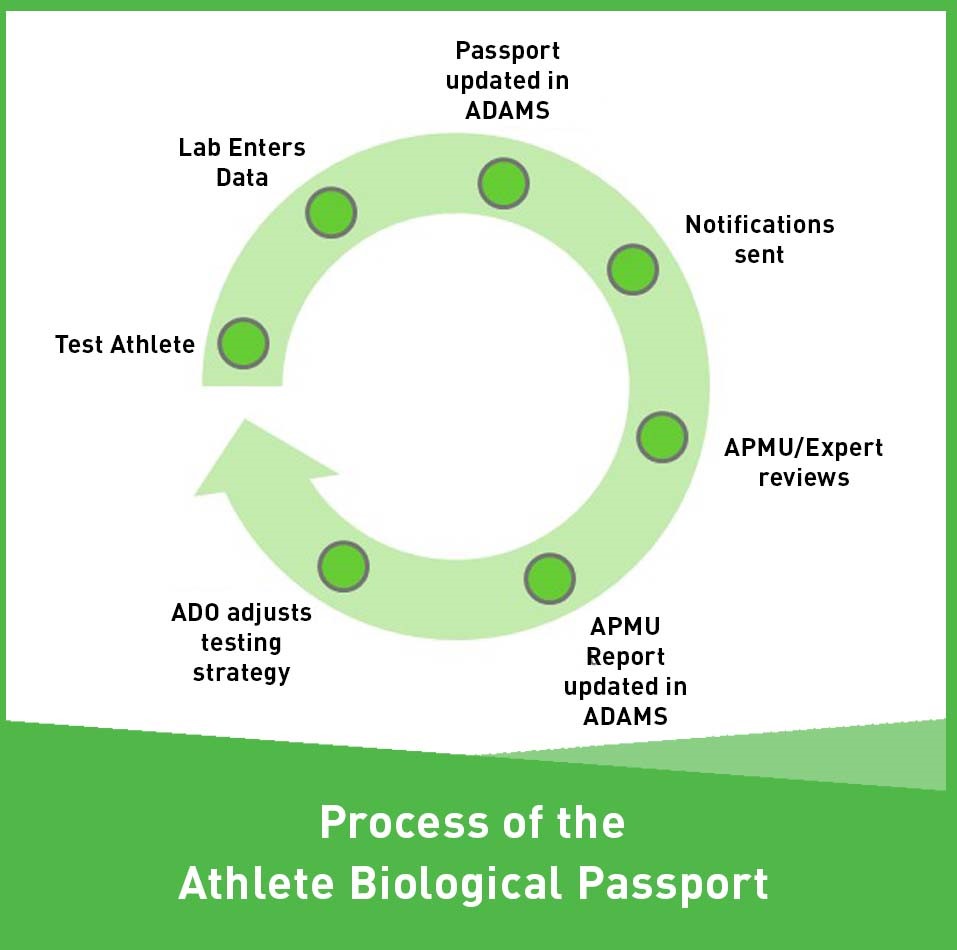Researchers at IIIT-Delhi develop AI-based platform to identify age-defying molecules rapidly.

References
The researchers recently spotted a Mako shark in the Mediterranean Sea from Virginia Tech, United States, for the first time.

References
Union minister recently announced that the construction of India's 1st Hyperloop test track at the Discovery Campus of IIT Madras in Chennai has been completed.
Hyperloop technology
References
Recently, the Union Minister of Steel & Heavy Industries announced the taxonomy for Green Steel based on emissions.
India is the world’s first nation to release the Taxonomy of Green Steel.
Carbon dioxide equivalent (CO2e) means the number of metric tons of CO2 emissions with the same global warming potential as 1 metric ton of another greenhouse gas.

India is the world's biggest steel producer after China.
References
The World Anti-Doping Agency (WADA) has recently authorized India's National Dope Testing Laboratory (NDTL) to create an Athlete Passport Management Unit (APMU).
|
Haematological Module |
Steroidal Module |
Endocrine Module |
|
Collects information on markers of blood doping. |
Collects information on markers of steroid doping measured in urine and serum samples. |
Collects information on markers of hGH doping. |
|
Identify the enhancement of oxygen transport or delivery, and any form of blood transfusion or manipulation. |
Identify endogenous Anabolic Androgenic Steroids (EAAS) when administered exogenously. |
Identify hGH use and hGH analogs, fragments, releasing factors, and indicate use of insulin growth. |

India is part of a group of 17 Athlete Passport Management Units (APMUs), to serve the countries anti-doping organizations.
|
World Anti-Doping Agency (WADA) |
|
References